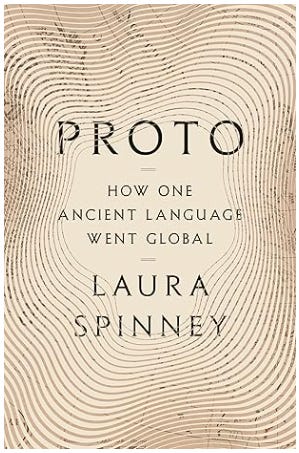Today Razib talks to Laura Spinney, Paris-based British author of the forthcoming Proto: How One Ancient Language Went Global. A science journalist, translator and author of both fiction and non-fiction, she has written for Nature, National Geographic, The Economist, New Scientist, and The Guardian. Spinney is the author of two novels, Doctor and The Quick, and a collection of oral history in French from Lausanne entitled Rue Centrale. In 2017, she published Pale Rider, an account of the 1918 flu pandemic. She also translated Swiss writer Charles-Ferdinand Ramuz's novel Derborence into English. Spinney graduated with a Bachelor of Science degree in Natural Sciences from Durham University and did a journalism residency at Berlin’s Planck Institute.
First, Razib asks Spinney how difficult it was to integrate archaeology, linguistics and paleogenetics into her narrative in Proto, which traces the rise and proliferation of Indo-European languages from its ancestral proto-Indo-European. She talks about why this was the time to write a book like this for a general audience, as paleogenetics has revolutionized our understanding of recent prehistory, and in particular the questions around the origin of the Indo-Europeans. Razib and Spinney talk about various scenarios that have been bandied about for decades, for example, the arguments between linguistics and archaeologists whether proto-Indo-European was from the steppe or had an Anatolian homeland, and the exact relationship of the Hittites and their language to other Indo-European branches. They also delve into how genetics has helped shed light on deeper connections between some branches, like Balto-Slavic and Indo-Iranian, or Greek and Armenian. Spinney also addresses how writing a book like Proto involves placing fields like historical linguistics and archaeology with charged political associations in their proper historical context













